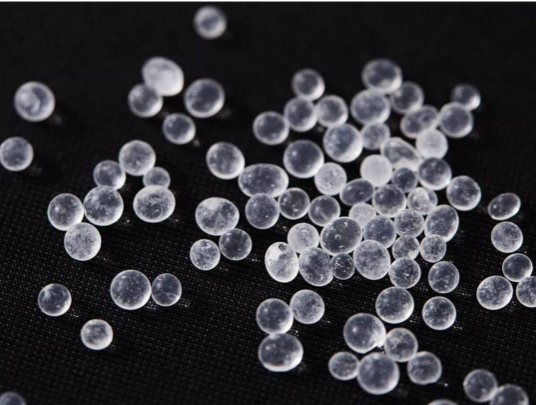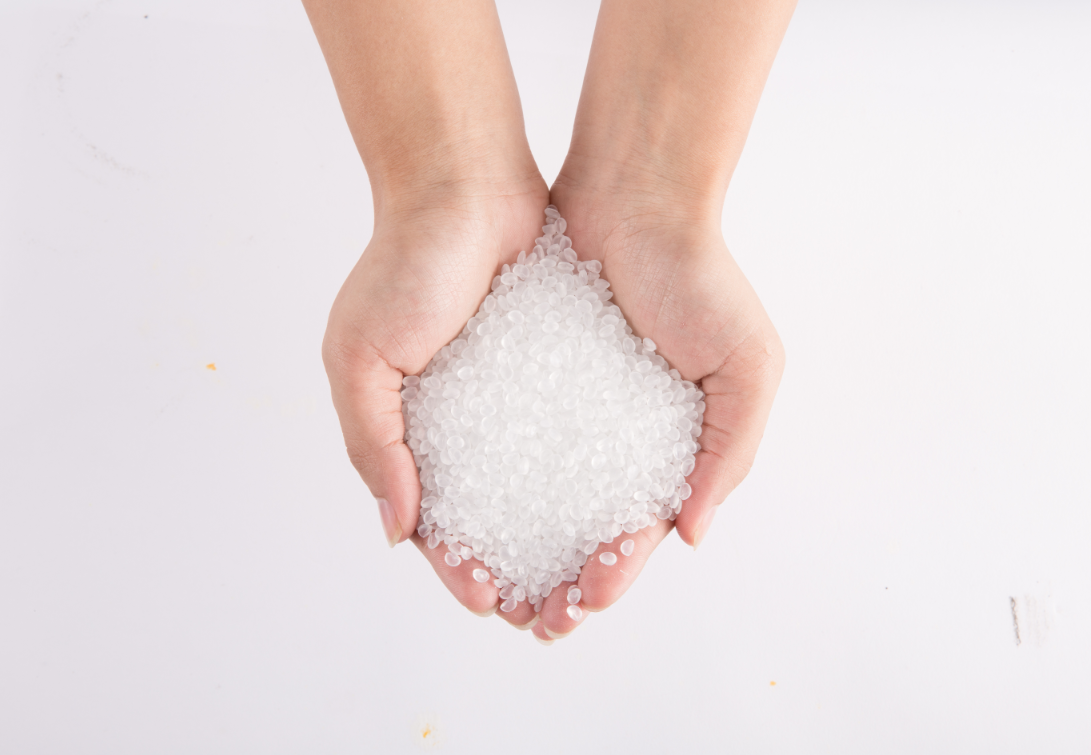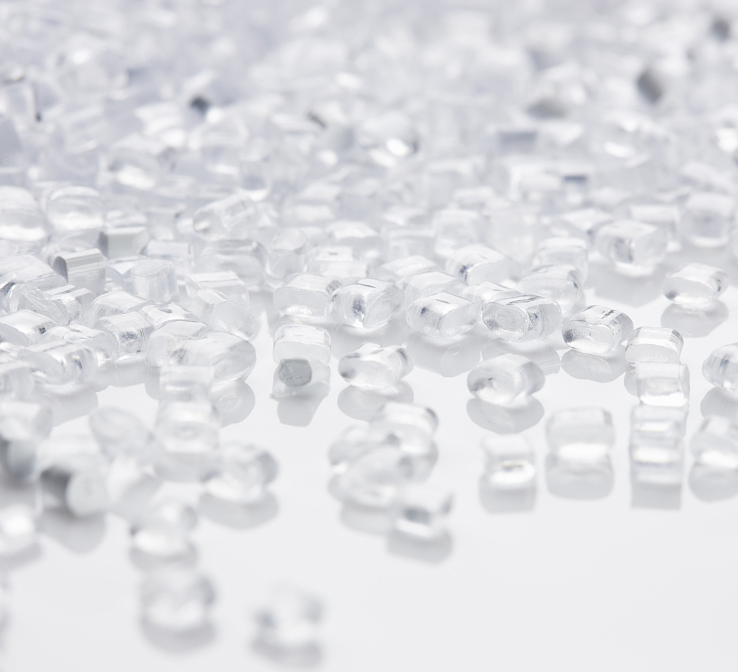
01
Frosting
Frosted plastics are generally plastic films or sheets that have various patterns on the roll itself during calendering, reflecting the transparency of the material through the different patterns.
02
Polishing
Polishing is a processing method that uses mechanical, chemical or electrochemical action to reduce the surface roughness of a workpiece in order to obtain a bright, flat surface.
03
Spraying
Spraying is mainly used to coat metal equipment or parts with a layer of plastic to provide corrosion protection, wear resistance and electrical insulation. The spraying process: annealing → degreasing → elimination of static electricity and dust removal → spraying → drying.

04
Printing
Printing of plastic parts is the process of printing the desired pattern on the surface of the plastic part and can be divided into screen printing, surface printing (pad printing), hot stamping, immersion printing (transfer printing) and etching printing.
Screen printing
Screen printing is when the ink is poured on the screen, without external force, the ink will not leak through the mesh to the substrate, but when the squeegee scrapes over the ink with a certain pressure and inclined angle, the ink will be transferred to the substrate below through the screen to achieve the reproduction of the image.
Pad printing
The basic principle of pad printing is that on a pad printing machine, the ink is first placed onto a steel plate engraved with a text or design, which is then copied by the ink onto rubber, which then transfers the text or design to the surface of the plastic product, preferably by heat treatment or UV irradiation to cure the ink.
Stamping
The hot stamping process uses the principle of heat pressure transfer to transfer an electro-aluminium layer to the surface of the substrate to form a special metallic effect. Normally, hot stamping refers to the heat transfer process of transferring an electro-aluminium hot stamping foil (hot stamping paper) to the surface of the substrate at a certain temperature and pressure, as the main material for hot stamping is an electro-aluminium foil, so hot stamping is also known as electro-aluminium stamping.
05
IMD - In-Mould Decoration
IMD is a relatively new automated production process that saves time and costs by reducing production steps and component removal compared to traditional processes, by printing on the film surface, high pressure forming, punching and finally bonding to the plastic without the need for secondary work procedures and labour time, thus enabling rapid production. The result is a fast production process that saves time and costs, with the added benefit of improved quality, increased image complexity and product durability.

06
Electroplating
Electroplating is the process of applying a thin layer of other metals or alloys to the surface of certain metals using the principle of electrolysis, i.e. using electrolysis to attach a metal film to the surface of a metal or other material to prevent oxidation (e.g. rust), improve wear resistance, electrical conductivity, reflectivity, corrosion resistance (most metals used for electroplating are corrosion resistant) and to improve aesthetics.
07
Mold texturing
It involves etching the inside of a plastic mould with chemicals such as concentrated sulphuric acid to form patterns in the form of snaking, etching and ploughing. Once the plastic is moulded, the surface is given the corresponding pattern.
Post time: Jun-30-2023
